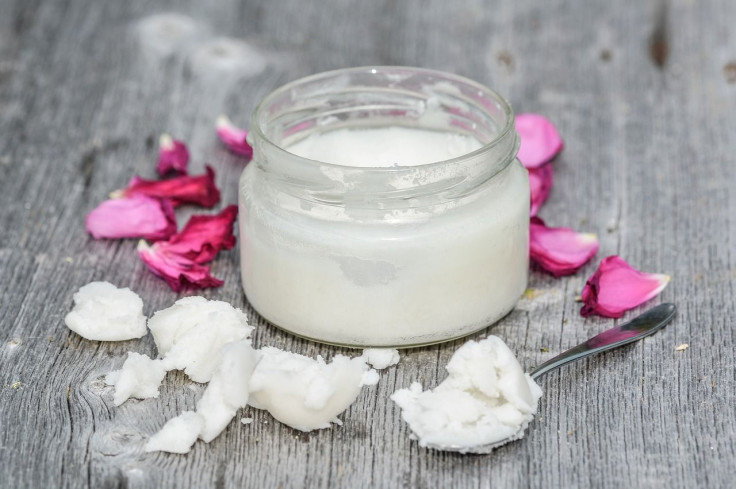How To Lose Visceral Fat: One Type Of Cooking Oil Can Reduce It

KEY POINTS
- Losing visceral fat is important since an accumulation thereof can lead to a host of health issues
- There are ways on how to lose this harmful fat
- Health experts recommend using coconut oil
Visceral fat can cause a lot of health complications. In fact, these health issues are long-term. This means that you may simply be building up fat as of now, and yet, one day, you might be surprised to find out that you already have diabetes or cardiovascular diseases.
Today, with the fast-paced, busy lifestyle of many, more and more people are suffering from accumulated visceral fat. This is the kind of fat that is so close to your vital organs, smothering them up and slowly causing tons of health issues. This is why at the earliest, if you notice that you have become overweight, better rethink your position and find ways to get rid of belly fat.
Coconut Oil
Fortunately, there is one type of oil, which could help in getting rid of harmful visceral fat. This is no other than coconut oil. As per a study, it showed that obese men lost 1.1 inches from their waistline when they consumed coconut oil daily for a period of 12 weeks. As an added note, they didn’t even make any change in their exercise routine or diets.
According to Express.co.uk, coconut oil is a superb alternative to other oils. This can lower visceral fat in the body. So how do you know that you have an excessive amount of visceral fat?
Measuring Visceral Fat
Here’s how you can measure visceral fat. Get a measuring tape and record your hip and waist measurements. For your waist, the tape must go all the way around the area where your belly button is located. For your hips, the tape must be at the widest part.
Once you have the measurements, divide the numbers. Divide the waist by the hip measurement. If you are a male and the result of this ratio is more than 1, then you need to start losing weight. The World Health Organization recommends that your waist to hip ratio must not exceed 0.95. If you have a lower ratio, then better. If not, your health is at risk.
For women, the requirement is more stringent. The ratio must not go beyond 0.86 as this level is already considered as high risk. You have to aim for a ratio of 0.80 and below.
© Copyright IBTimes 2024. All rights reserved.





















